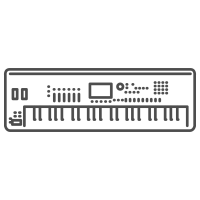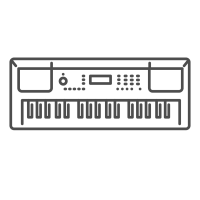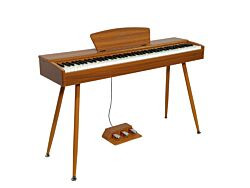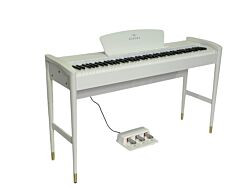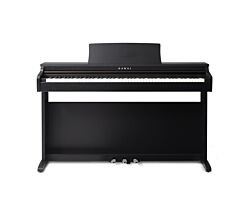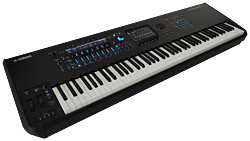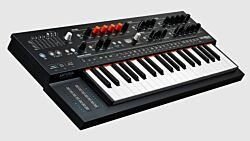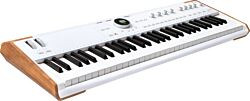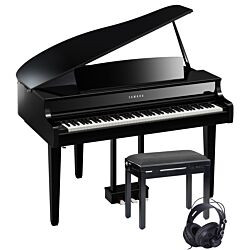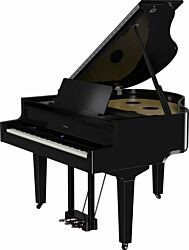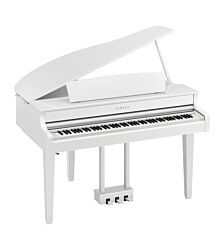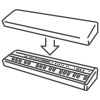Guide to Pedals – Get the Most Out of Your Piano Pedal
Pedals are an essential part of piano playing, adding depth and expression to your music. But how do they actually work, and how can you use them effectively? Here’s a guide to piano pedals and their functions.
The Three Types of Piano Pedals
On an acoustic or advanced digital piano, you’ll typically find three pedals:
- Sustain Pedal (Right Pedal)
- The most commonly used pedal.
- Sustains the notes so they continue to ring even after you release the keys.
- Used to create smooth transitions and a richer sound.
- Sostenuto Pedal (Middle Pedal, if available)
- Sustains only the notes that were pressed when the pedal was engaged.
- Rarely used in regular piano playing but useful in specific classical pieces.
- Soft Pedal (Left Pedal)
- Softens and dampens the sound.
- On acoustic pianos, it moves the hammers closer to the strings; on digital pianos, it typically adjusts volume or tone.
How to Use the Pedals Correctly
- Sustain Pedal: Press it just after striking a note and release it between chord changes to avoid a muddy sound.
- Soft Pedal: Use it for more delicate passages, especially in classical music.
- Sostenuto Pedal: Less frequently used but can be helpful in advanced playing.
Pedal Types for Digital Pianos
- Single Sustain Pedal – Standard for most digital pianos.
- Triple Pedal System – Mimics acoustic pianos by including all three pedals.
- Half-Pedal Function – Found on more advanced digital pianos, allowing for nuanced control depending on how far the pedal is pressed.

Conclusion
When used correctly, pedals can make a significant difference in your piano playing. Whether you play classical, jazz, or pop, mastering their use will help you achieve a more expressive and refined sound.


